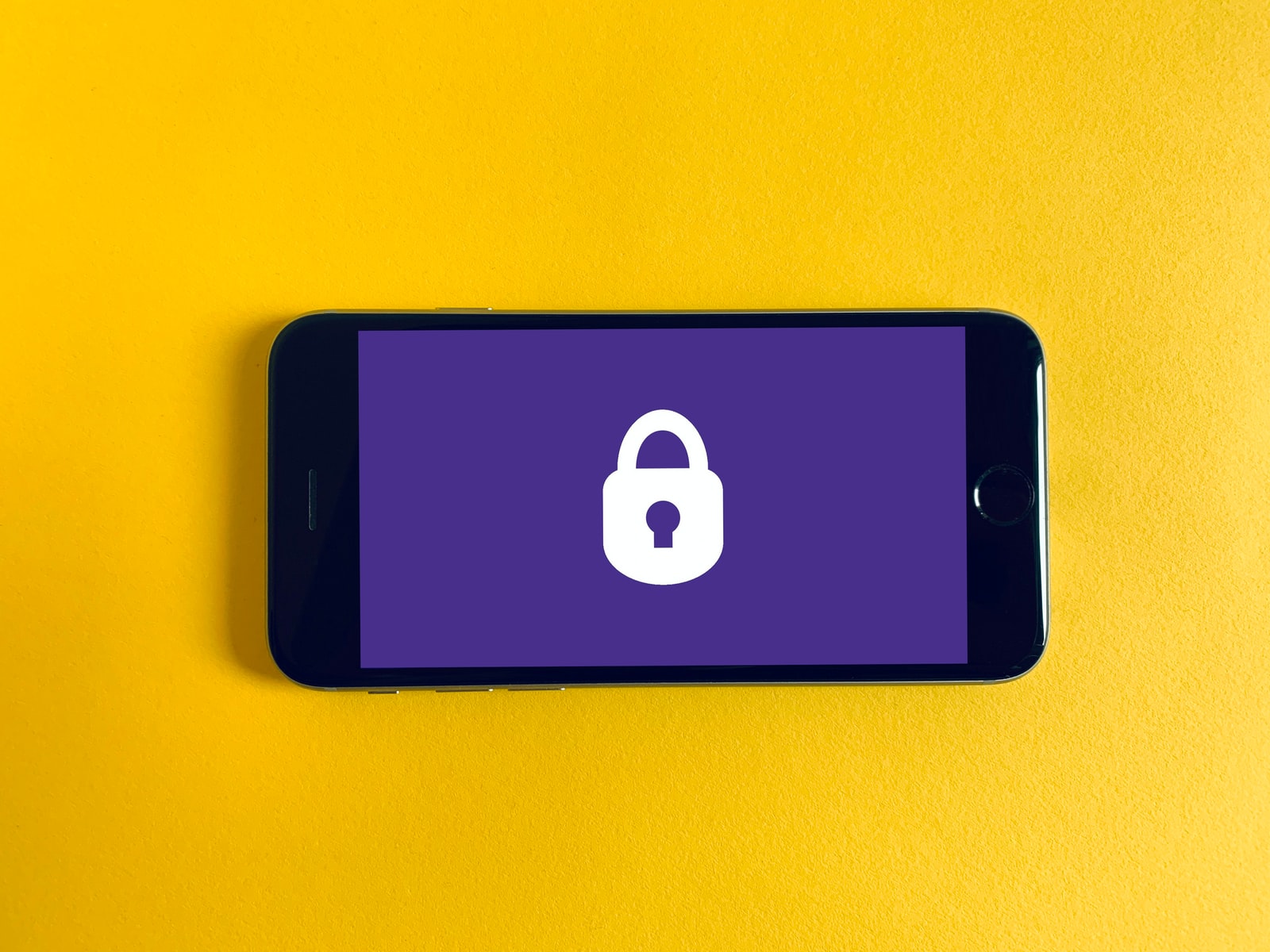8 Cybersecurity Rules to Protect your Data

July 6, 2022
The Internet is an amazing place for connecting with other people and learning lots of things. But it has its downsides. There are in fact ill-intentioned individuals who lurk in the shadows, ready to hack into your device and steal your personal data.
If you want to avoid having your information snatched from you, you’ll need to take a few simple precautions. Then, in today’s article, let’s uncover the 8 cybersecurity rules to keep your data safe!
1) Choose a strong password
A first useful step is choosing a strong password. A password that is very hard to guess will make it impossible for strangers to get into your Google account, for instance. So, your passwords will need to:
- be long
- have random in-word capitalizations
- have numbers
- have special characters (such as $, #, !, _)
2) Change passwords often
For maximum security, you should change your passwords every once in a while, not only after your account’s already been breached. It’s also recommended that you use different passwords for different services and websites.
3) Don’t click on links within suspicious SMS’ and emails
If you get an SMS or email asking you to click on a link to solve a supposed problem with your account, don’t do it. The link will 100% take you to a scam site where you’ll be asked to fill in a form with your personal information, including your financial data. This is a case of phishing, a method used by attackers that tricks the victim into giving out sensitive data by masquerading as a legitimate source.
But how do you recognize a fraudulent SMS or email? The first sign is how the text is written: the scammy message usually contains laughable grammar, weird syntax, and vague lexicon.
Sometimes, our phones are pretty smart and can recognize suspicious SMS and emails when it is impossible to establish the legitimacy of the sender. The message is then automatically marked as spam.
4) Don’t enter your data on unencrypted sites
Sensitive data that is sent via unencrypted (unsecured) connection can be intercepted by hackers. Your connection is not encrypted when you load a HTTP (Hypertext Transfer Protocol) website. Only exchange data on sites that operate through an encrypted network, meaning HTTPS (Hypertext Transfer Protocol Secure) websites.
You can tell if the site is using an encryted protocol by looking at its URL: there needs to be a lock icon next to the site’s address, and “https” within the address itself.
5) Don’t send your data over a free Wi-Fi network
Free Wi-Fi networks are unsecured and accessible to anyone, including cyber-criminals that are looking to intercept and steal your data. Never enter your sensitive data (such as bank account info) on whatever site while you’re connected to a free Wi-Fi network.
6) Backup your data
Cyberattacks could damage or erase the data you’re storing on your phone or computer. Therefore, make sure to backup the data on an external device or on a remote server (cloud backup) often.
7) Turn on two-factor authentication
Two-factor authentication is a cybersecurity measure consisting in protecting your account (Google, Apple ID, Samsung, Facebook, etc.) by using two methods of identification. The first refers to the username/email and password. The second method is your phone number.
If an unknown device is trying to access your account, with two-factor authentication on you’ll be sent an SMS asking you to approve the log in. If you don’t approve it, the hacker won’t be able to get into your account, even if they have your username/email and password.
8) Get an antivirus
Lastly, an antivirus is an important tool for the protection of your data and devices overall. Its task is to prevent, detect and remove malware. Trojan horses, spyware, malicious URLs, spam and scam content, phishing attacks are examples of threats an antivirus can protect your device from.








